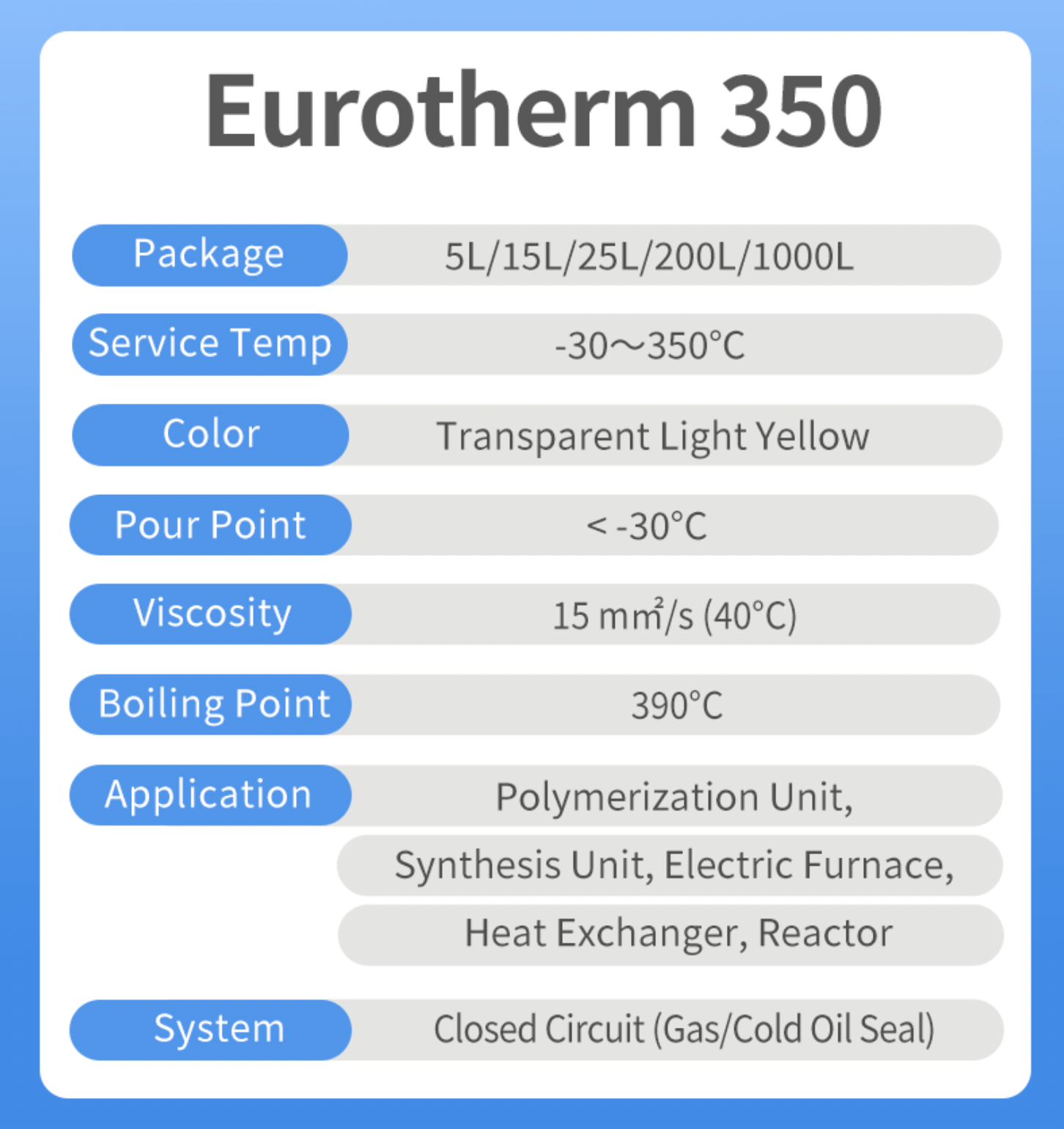Unknown Facts About Chemie
Unknown Facts About Chemie
Blog Article
The Buzz on Chemie
Table of ContentsMore About ChemieThe Ultimate Guide To ChemieThe 10-Second Trick For ChemieA Biased View of ChemieMore About ChemieThe Of Chemie
By Bojanna Shantheyanda, Sreya Dutta, Kevin Coscia and David SchiemerDynalene, Inc. Fluid air conditioning, which can be attained using indirect or straight means, is utilized in electronic devices applications having thermal power thickness that may surpass risk-free dissipation with air cooling. Indirect liquid air conditioning is where warm dissipating electronic components are literally divided from the liquid coolant, whereas in situation of straight air conditioning, the components are in direct call with the coolant.In indirect air conditioning applications the electrical conductivity can be important if there are leaks and/or splilling of the liquids onto the electronics. In the indirect air conditioning applications where water based fluids with deterioration inhibitors are typically utilized, the electric conductivity of the liquid coolant primarily depends upon the ion concentration in the fluid stream.
The boost in the ion concentration in a closed loop liquid stream may occur as a result of ion seeping from metals and nonmetal components that the coolant fluid touches with. Throughout operation, the electrical conductivity of the liquid might raise to a degree which can be damaging for the air conditioning system.
All about Chemie
(https://www.openlearning.com/u/betteanderson-spu5uc/)They are grain like polymers that can exchanging ions with ions in a service that it touches with. In today job, ion leaching examinations were carried out with numerous metals and polymers in both ultrapure deionized (DI) water, i.e. water which is dealt with to the greatest levels of purity, and reduced electric conductive ethylene glycol/water blend, with the determined modification in conductivity reported gradually.
The samples were permitted to equilibrate at room temperature level for two days before videotaping the first electric conductivity. In all examinations reported in this research study liquid electrical conductivity was gauged to an accuracy of 1% making use of an Oakton CON 510/CON 6 collection meter which was adjusted prior to each measurement.
Some Of Chemie
from the wall home heating coils to the facility of the heater. The PTFE example containers were put in the heating system when constant state temperature levels were reached. The examination setup was removed from the heater every 168 hours (seven days), cooled to space temperature with the electrical conductivity of the liquid measured.
The electrical conductivity of the fluid sample was kept track of for an overall of 5000 hours (208 days). Number 2. Schematic of the indirect shut loop cooling experiment set-up - therminol & dowtherm alternative. Table 1. Components utilized in the indirect closed loop cooling experiment that touch with the fluid coolant. A schematic of the speculative arrangement is shown in Number 2.

Some Known Details About Chemie
The change in liquid electrical conductivity was kept track of for 136 hours. The fluid from the system was accumulated and saved.

0.1 g of Dowex resin was included in 100g of liquid samples that was absorbed a separate container. The combination was mixed and change in the electric conductivity at space temperature level was gauged every hour. The measured adjustment in the electrical conductivity of the UP-H2O and EG-LC examination fluids having polymer or metal when immersed for 5,000 hours at 80C is revealed Number 3.
Chemie for Dummies
Ion leaching experiment: Measured adjustment in electrical conductivity of water and EG-LC coolants containing either polymer or metal samples when submersed for 5,000 hours at 80C. The outcomes suggest that metals added fewer ions into the fluids than plastics in both UP-H2O and EG-LC based coolants.
Liquids consisting of polypropylene and HDPE displayed the most affordable electric conductivity changes. This might be due to the short, inflexible, straight chains which are less most likely to add ions than longer branched chains with weaker intermolecular forces. Silicone additionally performed well in both test fluids, as polysiloxanes are typically chemically inert due to the high bond power of the silicon-oxygen bond which would certainly stop deterioration of the product right into the liquid.
Chemie Fundamentals Explained
It would certainly be anticipated that PVC would certainly generate similar results to those of PTFE and HDPE based on the similar chemical structures of the materials, nonetheless there might be various other contaminations present in the PVC, such as plasticizers, that might affect the electric conductivity of the liquid - dielectric coolant. Furthermore, chloride teams in PVC can also leach right into the examination liquid and can cause an increase in electric conductivity
Buna-N rubber and polyurethane showed indicators of degradation and thermal decay which recommends that their feasible energy as a gasket or adhesive material at higher temperatures can lead to application concerns. Polyurethane completely broke down into the test fluid by the end of 5000 hour examination. Figure 4. Prior to and after photos of steel and polymer samples immersed for 5,000 hours at 80C in the ion seeping experiment.
Calculated change in the electric conductivity of UP-H2O coolant as a feature of time with and without resin cartridge in the closed indirect air conditioning loophole experiment. The determined change in electrical conductivity of the UP-H2O for 136 hours with and without ion exchange material in the loop is shown in Number 5.
Report this page